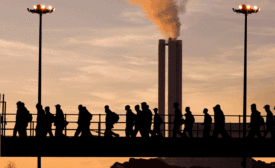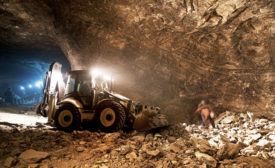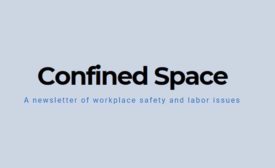News
Home fire death rate higher than in 1980
Fire Prevention Week, October 7-13, works to educate public about ways to stay safe
September 28, 2018
A Confined Space blog post
Don’t want to be incinerated in your sleep? Too bad
September 28, 2018
Never miss the latest news and trends driving the safety industry
eNewsletter | Website | eMagazine
JOIN TODAYCopyright ©2024. All Rights Reserved BNP Media.
Design, CMS, Hosting & Web Development :: ePublishing









